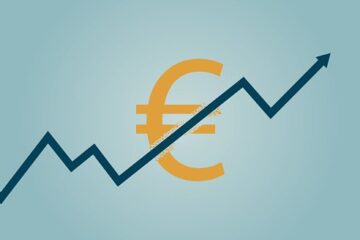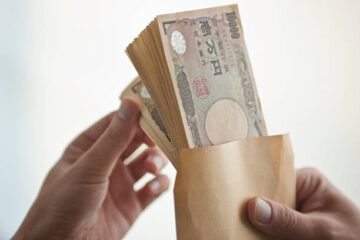U.S. equity futures retreated in early Thursday trading, while Treasury yields were steady and the dollar resumed its recent slump, as global markets continued to react to the dramatic tariff U-turn unveiled yesterday by President Donald Trump.
The President’s decision to issue a 90-day pause on his sweeping reciprocal tariffs, while boosting levies on China-made goods to an eye-watering 125%, launched the biggest single-day gain for U.S. stocks since 2008, but left many investors reeling amid the rapid and unpredictable policy changes coming from the White House.
President Trump will leave a baseline 10% tariff on all trading partners in place, apart from Canada and Mexico, which will be hit with the 20% levies he unveiled in February and then delayed a few days later.
Sector-specific levies on autos remain in place, as well as those on steel and aluminum, with Trump vowing to impose similar duties on pharmaceutical imports.
China’s 125% tariff, meanwhile, and Beijing’s retaliatory 84% duty on American imports, will effectively shut down trade between the world’s two biggest economies, with the broader tariff regime likely to slow domestic growth and stoke inflation pressures.
President Donald Trump said he called for a pause on tariffs as markets were “getting a little yippy”.
Andrew Harnik/Getty Images
Markets are also still left nursing trillions in equity and bond losses, as well, as the S&P 500 remains 3.8% lower than its April 2 ‘Liberation Day’ close and is down more than 7% for the year.
Investors are also looking at another potential retaliation from China, which has allowed the yuan to drift to the lowest levels since 2007 against the U.S. dollar and could potentially devalue the currency in order to support its broader export economy.
“Despite the rally, many analysts caution against reading too much into the bounce. Historical precedent – from the dot-com bubble burst to the 2008 financial crisis – shows that sharp gains often occur within broader downturns,” said Kate Leaman, chief market analyst at AvaTrade. “This raises the possibility that Wednesday’s surge may be a classic ‘dead cat bounce’ rather than the start of a sustained recovery.”
Market volatility levels remain elevated, and while the CBOE Group’s VIX index is down 28% from this week’s five-year peak, at $37.51 it’s still suggesting daily swings for around 2.35%, or 125 points, for the S&P 500.
Related: Bond markets whipsaw amid ‘sell America’ trade in safe-haven Treasuries
Futures contracts tied to the benchmark suggest and opening bell pullback of around 108 points, with the Dow Jones Industrial Average called 615 points lower following last night’s staggering gain of 2,962.9 points.
The tech-focused Nasdaq, which also had its best day since 2008 with a gain of just over 12.1%, is called 415 points lower.
In the bond market, which may have shaken the President more than the selloff in equities prior to his tariff retreat, benchmark 10-year Treasury yields were holding at 4.277%, around 15 basis points south of yesterday’s better-than-expected auction of $39 billion in re-opened notes.
More Economic Analysis:
Wall Street overhauls S&P 500 price targets as tariff selloff acceleratesInflation would like a word, pleaseStocks could bounce, but big bank earnings hold the car
In overseas markets, Europe’s Stoxx 600 soared 4.96% in mid-day Frankfurt trading, while Britain’s FTSE 100 powered 3.9% higher in London.
Overnight in Asia, Japan’s Nikkei 225 surged 9.1%, following its second-largest point gain on record, as trade advisors head to Washington to hammer out a tailored trade deal.
The regional MSCI ex-Japan benchmark rose 4.36% higher into the close of trading, with bets on new stimulus from Beijing lifting China’s CSI 300 and Shenzen Composite indices.


